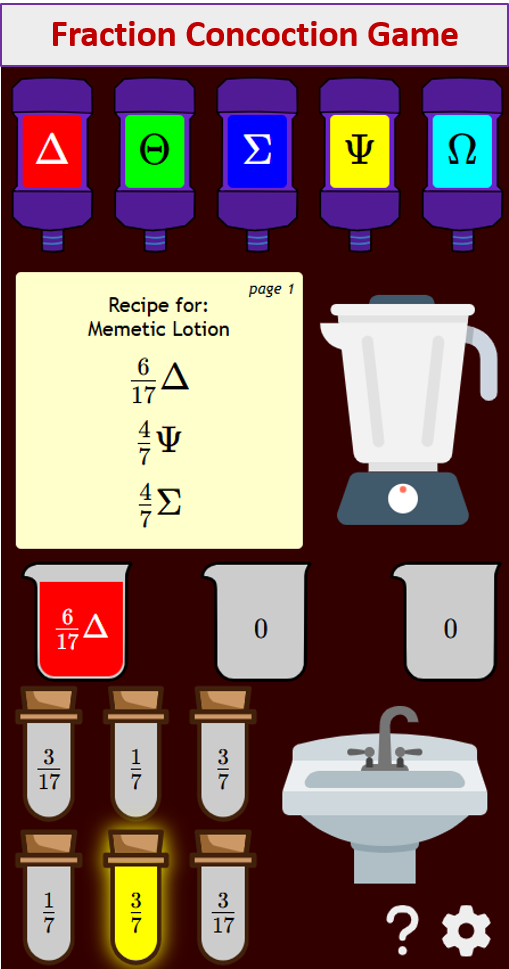Chemistry WCH11 January 2021 Questions & Answers
Questions And Worked Solutions For Chemistry WCH11 January 2021
IAL Chemistry WCH11 January 2021 Questions - Complete Paper (pdf)
- Which of these compounds has the same empirical and molecular formulae?
- There are 6.02 × 1023 atoms in 0.25 mol of
- Which aqueous solution has the highest concentration, in mol dm-3, of chloride ions?
- Which conversion has the lowest percentage atom economy (by mass) for the formation of CaCl2?
- Which of these atoms has the most neutrons?
- A p-block element in Period 3 of the Periodic Table reacts to form an ionic compound. What could be the electronic configuration of the ion formed by this element?
- The Period 2 element with the highest melting temperature is
- Which of these has the greatest electrical conductivity?
- Which of these ions has the greatest ionic radius?
- Which of these ions has the greatest polarising power?
- Which of these does not have a structure formed by a giant lattice of carbon atoms?
- Which of these molecules is the most polar?
- A substance is labelled with the hazard symbol shown.
- What is the IUPAC name of this alkane?
- Petrol, bioethanol and hydrogen are fuels
- Cyclopentane undergoes free radical substitution with bromine.
- Which of these is not a way of limiting global problems caused by polymer disposal?
- This question is about the element sulfur.
(a) Complete the diagram to show the electronic configuration for a sulfur atom in the ground state.
Include labels for each subshell
(b) Write an equation for the first ionisation energy of sulfur.
Include state symbols.
(c) Explain why the first ionisation energy of sulfur is less than the first ionisation energies of both phosphorus and chlorine
(d) A sample of sulfur contains four isotopes.
(i) State what is meant by the term isotopes, in terms of subatomic particles
(ii) Calculate the relative atomic mass of sulfur in this sample.
Give your answer to two decimal places
(e) The mass spectrum of a sample of sulfur with 32S as the only isotope is shown
(i) Calculate the number of sulfur atoms in the molecular ion.
You must show your working
(ii) Suggest the formula of the most stable ion shown by this spectrum. - This question is about the structure and bonding of Group 5 chlorides.
(a) Nitrogen trichloride, NCl3, has a molecular structure - This question is about the reactions of propene.
(a) Write an equation for the incomplete combustion of one mole of propene to form carbon dioxide, carbon monoxide, carbon and water as the only products.
Include state symbols.
(b) State one similarity and one difference that would be seen when propene is mixed with separate samples of acidified potassium manganate(VII) solution and of bromine water
(c) Propene reacts by addition polymerisation to form poly(propene).
Draw the structure of poly(propene), showing two repeat units
(d) Propene reacts with bromine monochloride, BrCl, to form 1-bromo-2-chloropropane as the major product.
(e) Propene reacts with steam in the presence of an acid catalyst to form a mixture of the alcohols propan-1-ol and propan-2-ol. - This question is about the production of squalane, a liquid alkane which occurs naturally in human skin and is used in cosmetics.
Try out our new and fun Fraction Concoction Game.
Add and subtract fractions to make exciting fraction concoctions following a recipe. There are four levels of difficulty: Easy, medium, hard and insane. Practice the basics of fraction addition and subtraction or challenge yourself with the insane level.

We welcome your feedback, comments and questions about this site or page. Please submit your feedback or enquiries via our Feedback page.